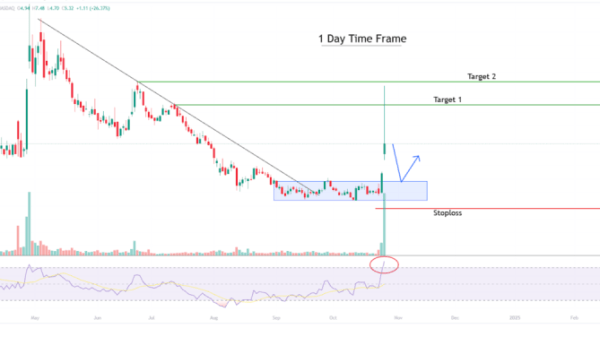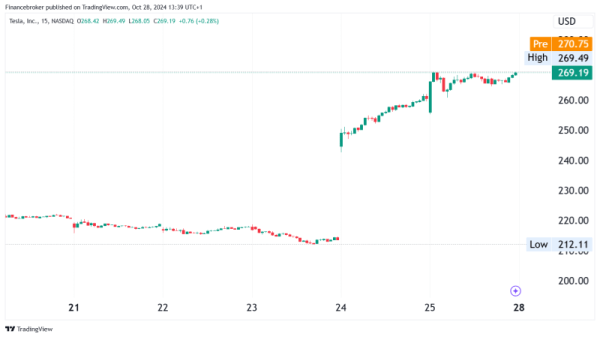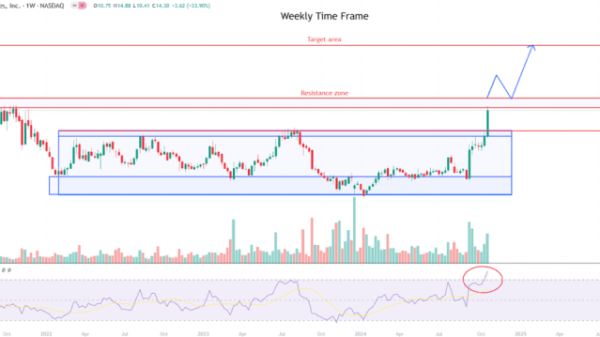Investing.com — Growth stocks are viewed as shares in a firm that are projected to grow at a significantly faster pace than the market average.
But, in a note to clients this week, analysts at Bernstein laid out a more comprehensive definition of these stocks.
“Growth stocks typically produce higher and more consistent revenue and are more profitable than the average company – we look for recognition of these qualities in the market through premium valuation ratios,” they wrote.
Among the biggest markers of a growth stock is its valuation, the Bernstein analysts noted, adding that companies which “can produce superior growth rates are typically well known and priced accordingly.” Today, growth stocks are selling at 1.4 times the market average, they said.
Another fundamental aspect of Bernstein’s growth stock definition is performance. Growth stocks recently outperformed value stocks — or shares that are thought to be trading below fundamental levels — over several quarters, although that trend ended in the third quarter of this year, the analysts said.
Growth names are also “high premium, high expectation stocks”, the analysts argued, adding that “the penalties for disappointment are large, and producing high growth rates over long periods of time is difficult.”
“[G]rowth gets tougher as companies become larger. Only 6% of companies with $25 billion+ in sales have been able to grow revenues by 15%+ for 10 years, versus 14% of companies with sales over $1 billion.”
Metrics like price momentum and the three-year consensus earnings growth forecasts also “work best in the expansion phase of the business cycle,” the analysts said. Historical growth sectors have also tended to outperform when bond yields are lower, they argued.
To determine a growth stock, the Bernstein analysts said they consider these seven factors: five-year sales growth relative to the market, stability of sales growth, reinvestment rate, relative trailing price-to-earnings, relative forward P/E, relative price-to-book value, and relative price-to-sales.
Using this definition, their analysis showed that 74% of the current growth universe consists of technology, consumer discretionary, healthcare and industrials by share of stocks. By share of market capitalization, the growth universe is 41% technology, 13% consumer discretionary and 11% communications services.
By region, emerging markets and the Asia region tend to have much higher long-term growth compared to developed markets like the US, the analysts said. China and India have historically been the highest long-term growth markets, averaging 12% and 15%, respectively, though those current levels have moderated.




































